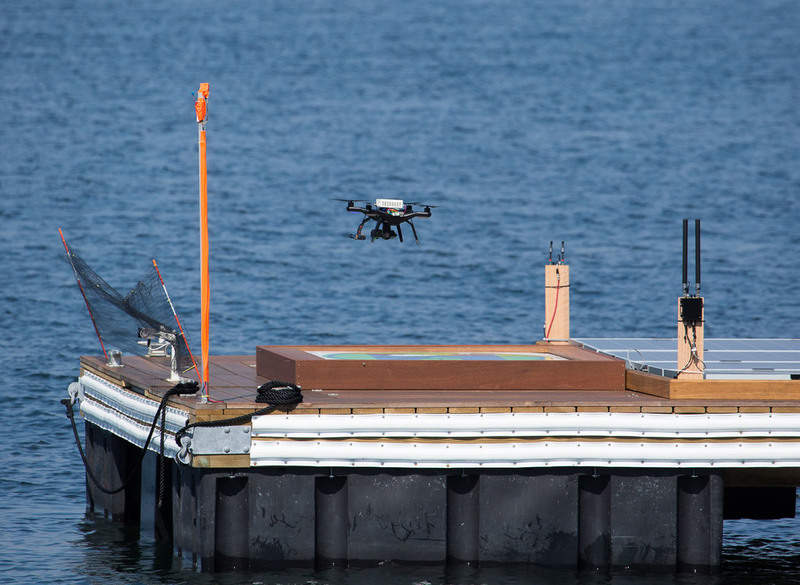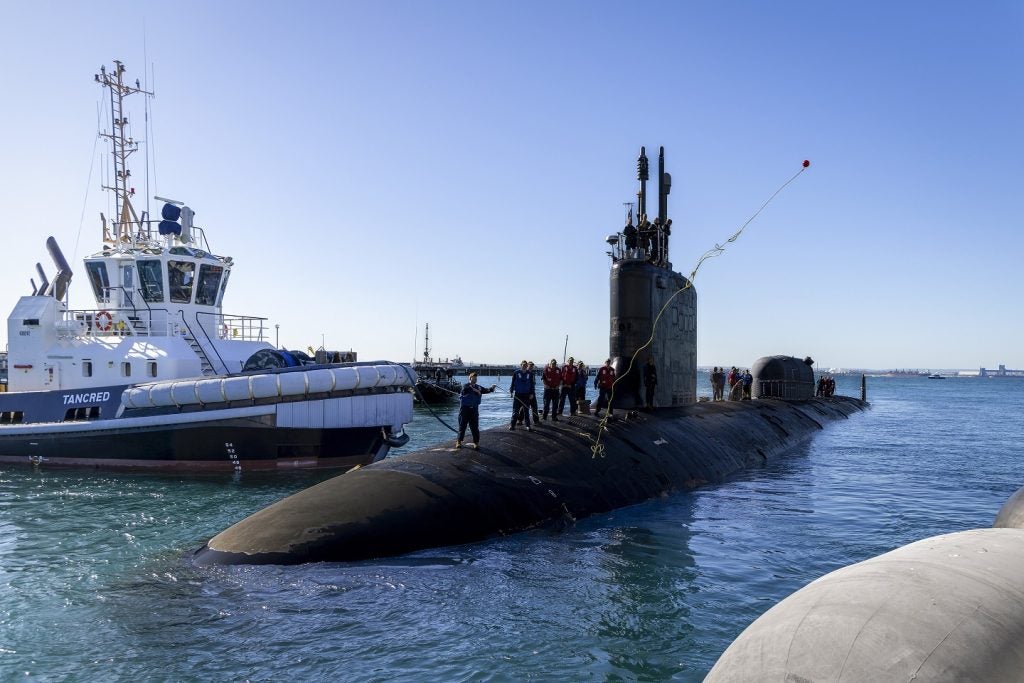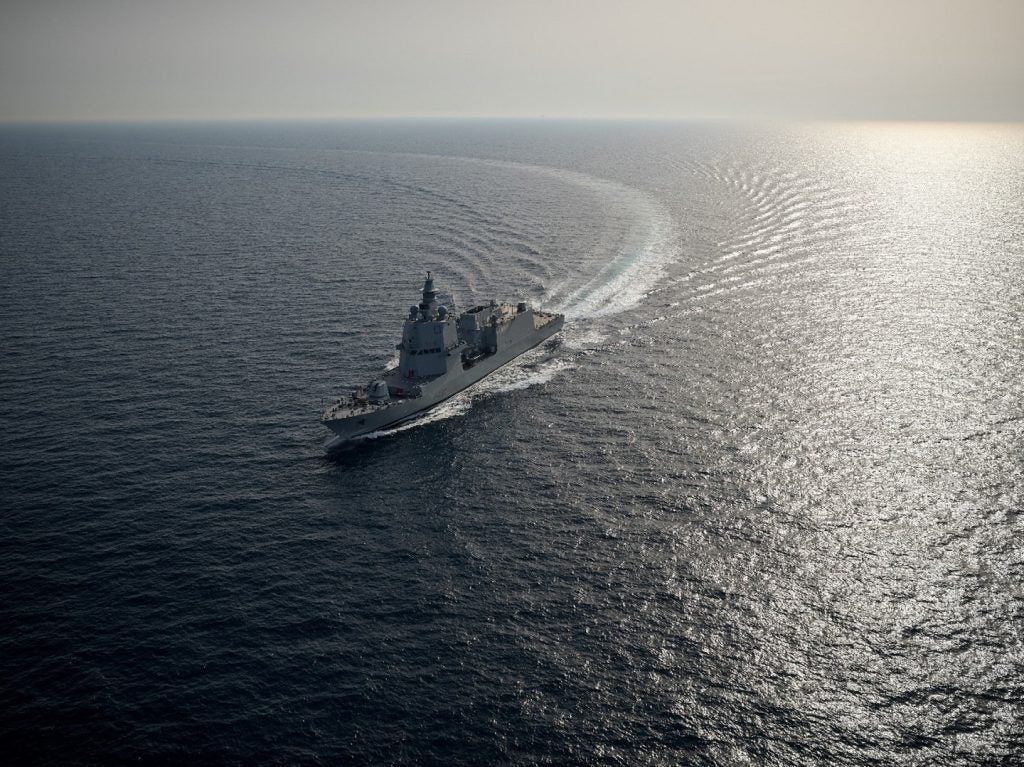
The US Navy has successfully carried out its Battlespace Preparation in a Contested Environment (BPCE) trial, which formed part of the Advanced Naval Technology Exercise (ANTX) 2017.
ANTX is conducted annually in order to test new technology with an assortment of academic, industry and navy participants.
Fleet operators from Submarine Development Squadron Five from Keyport, Washington, and the Explosive Ordnance Disposal Mobile Unit One in Panama City, Florida, participated in the multi-site event, which was performed at the Naval Undersea Warfare Center Division Newport and the Naval Surface Warfare Center Panama City Division.
The event involved a series of live exercises that primarily focused on intelligence, surveillance, and reconnaissance (ISR), mine warfare (MIW) and mine countermeasures (MCM).
More than 700 personnel participated in the event, which also featured 11 unmanned aerial vehicles (UAVs), nine unmanned surface vehicles (USVs), 28 unmanned underwater vehicles (UUVs) and two unmanned ground vehicles (UGVs).
The event saw Adaptive Methods deploy a UUV with a tethered buoy equipped with a large field of view video and light / radar, or LIDAR, rangefinder to autonomously locate a target of interest from an on-station position in Panama City.
How well do you really know your competitors?
Access the most comprehensive Company Profiles on the market, powered by GlobalData. Save hours of research. Gain competitive edge.

Thank you!
Your download email will arrive shortly
Not ready to buy yet? Download a free sample
We are confident about the unique quality of our Company Profiles. However, we want you to make the most beneficial decision for your business, so we offer a free sample that you can download by submitting the below form
By GlobalDataIn addition, Aviation System Engineering used a fixed-wing aircraft to deploy an A-sized sonotube with a Lockblade Quadcopter, which is capable of automatically conducting aerial magnetic anomaly detection surveys.
Boeing also demonstrated its ability to use a Sensor Hosting Autonomous Remote Craft USV to trail a towbody that deploys an array of long-baseline precision navigation transponders to establish an undersea navigation network for UUVs.
Furthermore, DeTect Intelligent Sensors successfully provided persistent situational awareness of surface vessels and unmanned aerial system platforms operating in the St. Andrew Bay operational area, while Domo Tactical Communications employed its Maritime Mesh to connect ANTX maritime assets together as part of a seamless network.
General Dynamics Mission Systems demonstrated its battlespace preparation systems, as well as the simulated submarine launch of UUVs and UAVs.
The company also successfully carried out the UUV insertion of cross-domain autonomous systems and rapid data collection via multi-system cooperative operations.
General Dynamics also highlighted its advanced autonomy capabilities and cross-domain command, control and communications using undersea distributed networks.
Additionally, Hydroid and L3 Technologies Mission Integration demonstrated the integration of the L3 Rio Signals Intelligence system into the Hydroid Remus 600 UUV.
ANTX also saw Leidos demonstrate its autonomous bathymetric survey capability using the Sea hunter surrogate test vessel, R/V Pathfinder.
Northrop Grumman demonstrated six UUVs, two USVs and one UAV surrogate as part of the exercise, which provided access, surveillance and attacks against seabed infrastructure.







